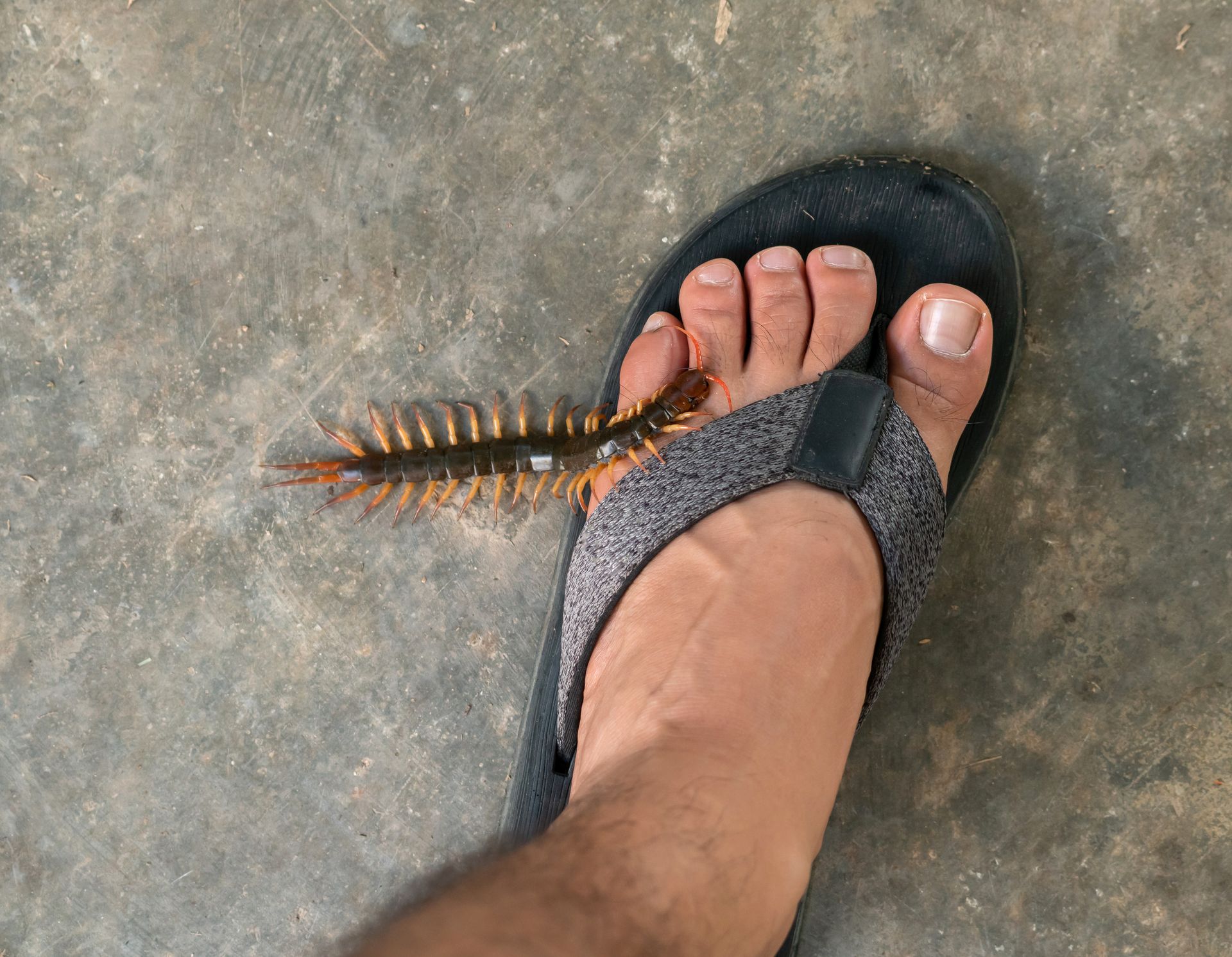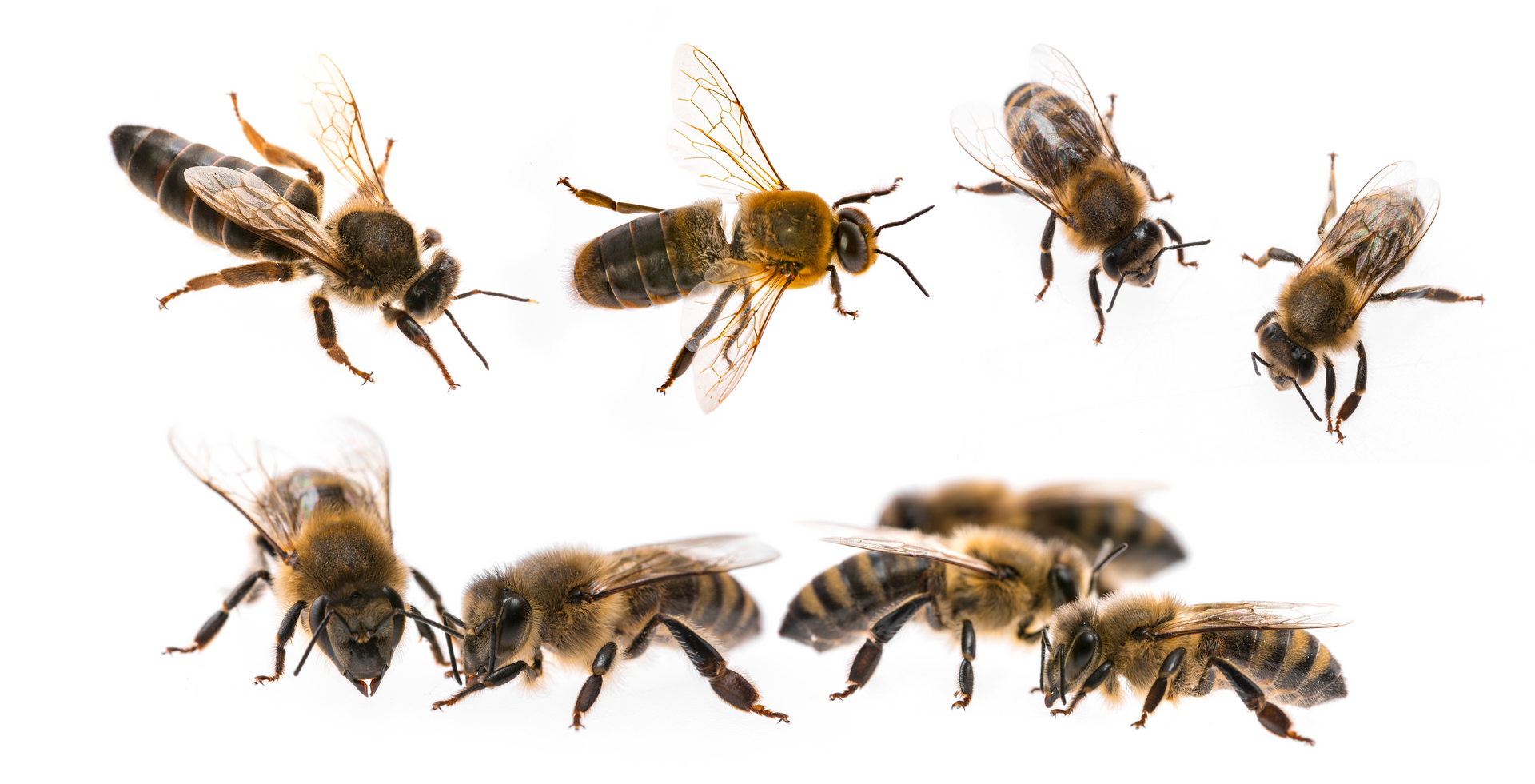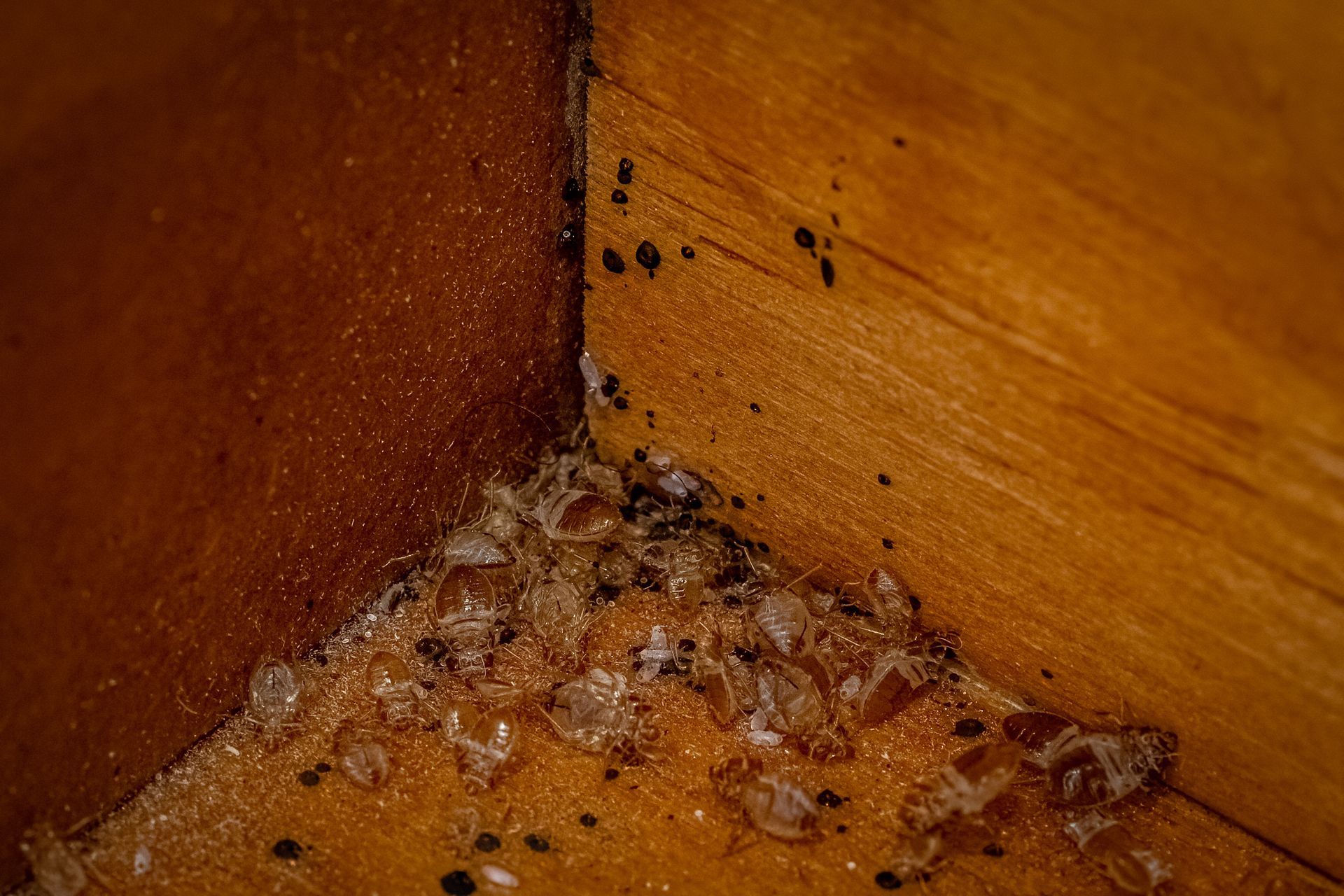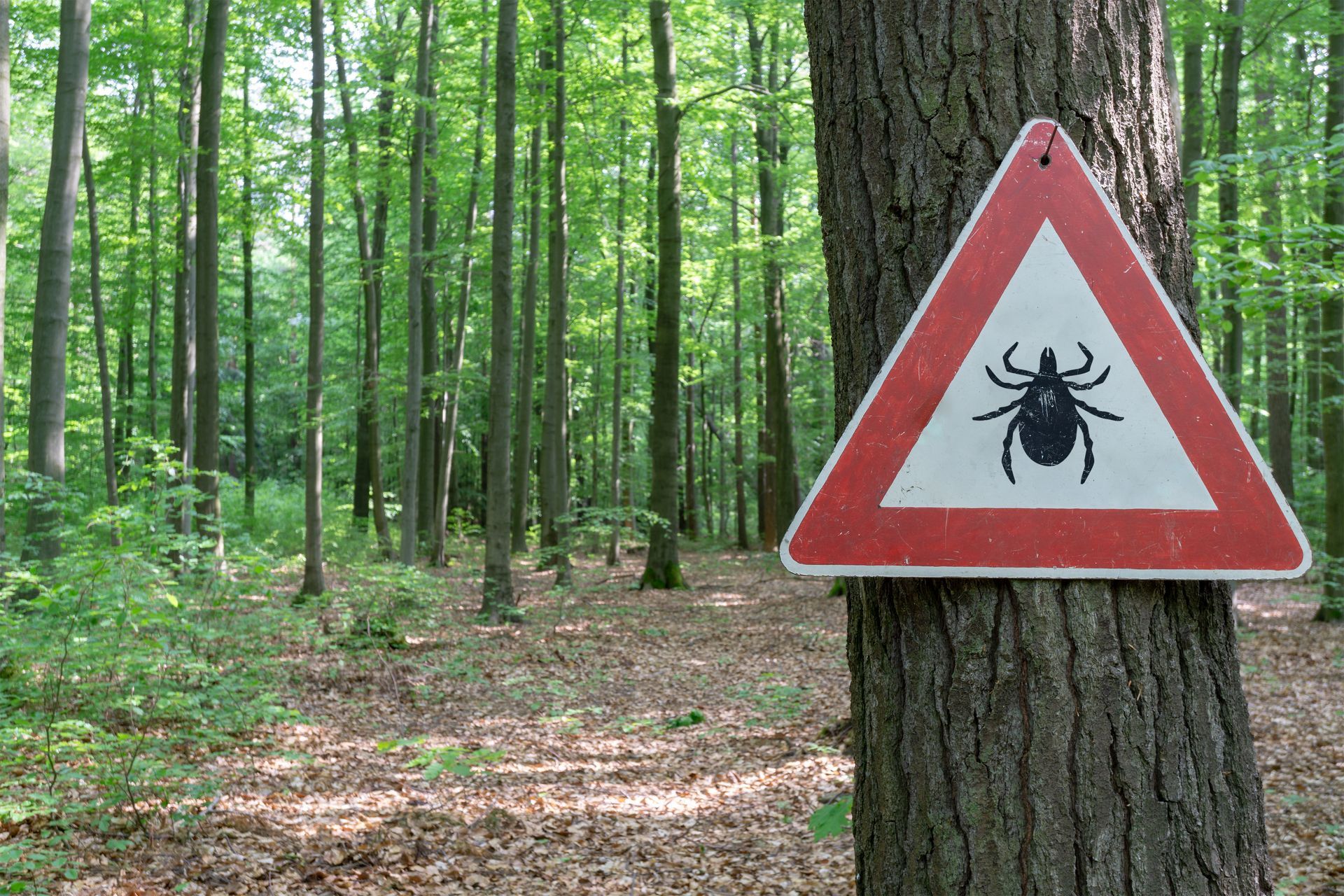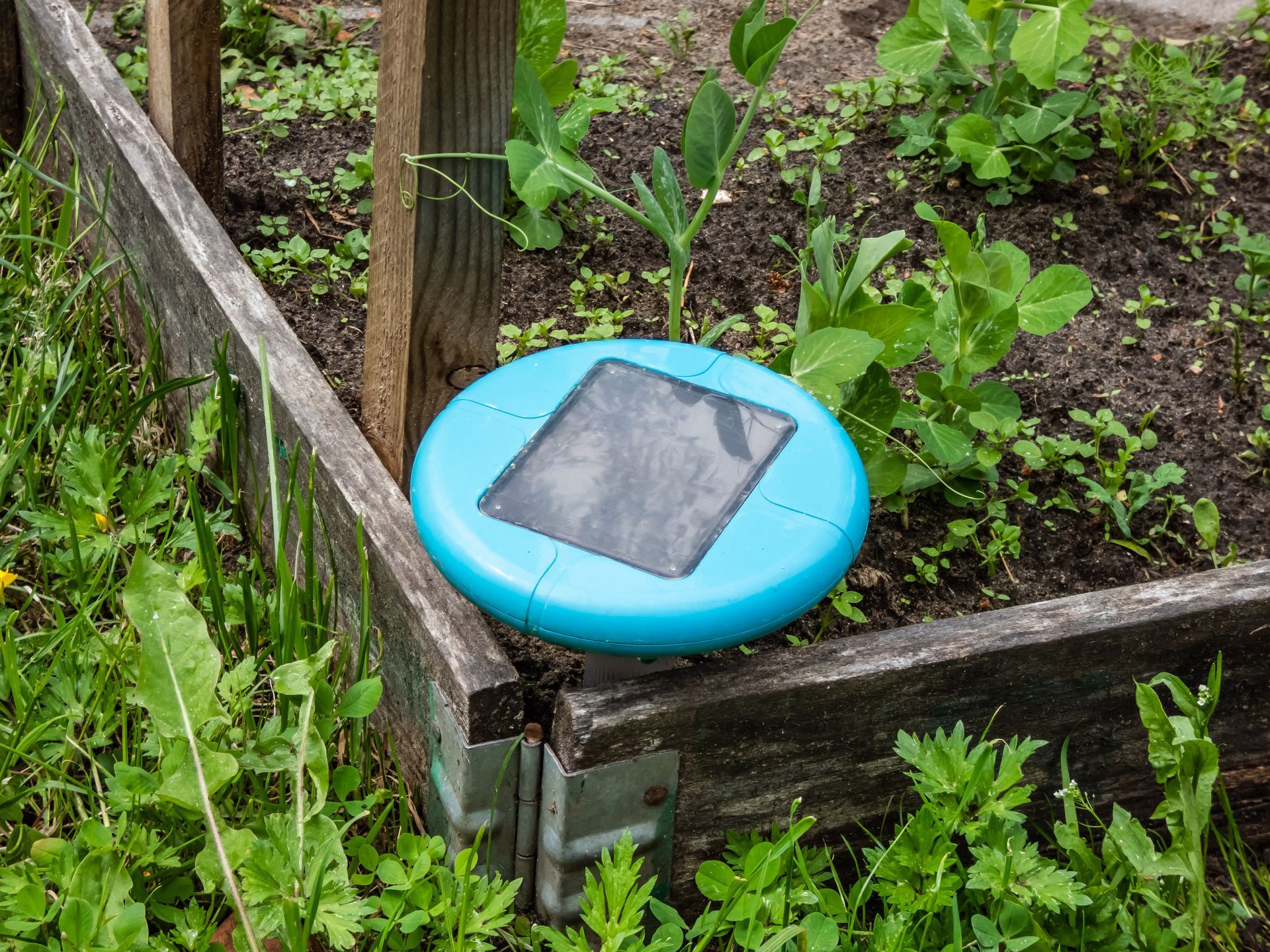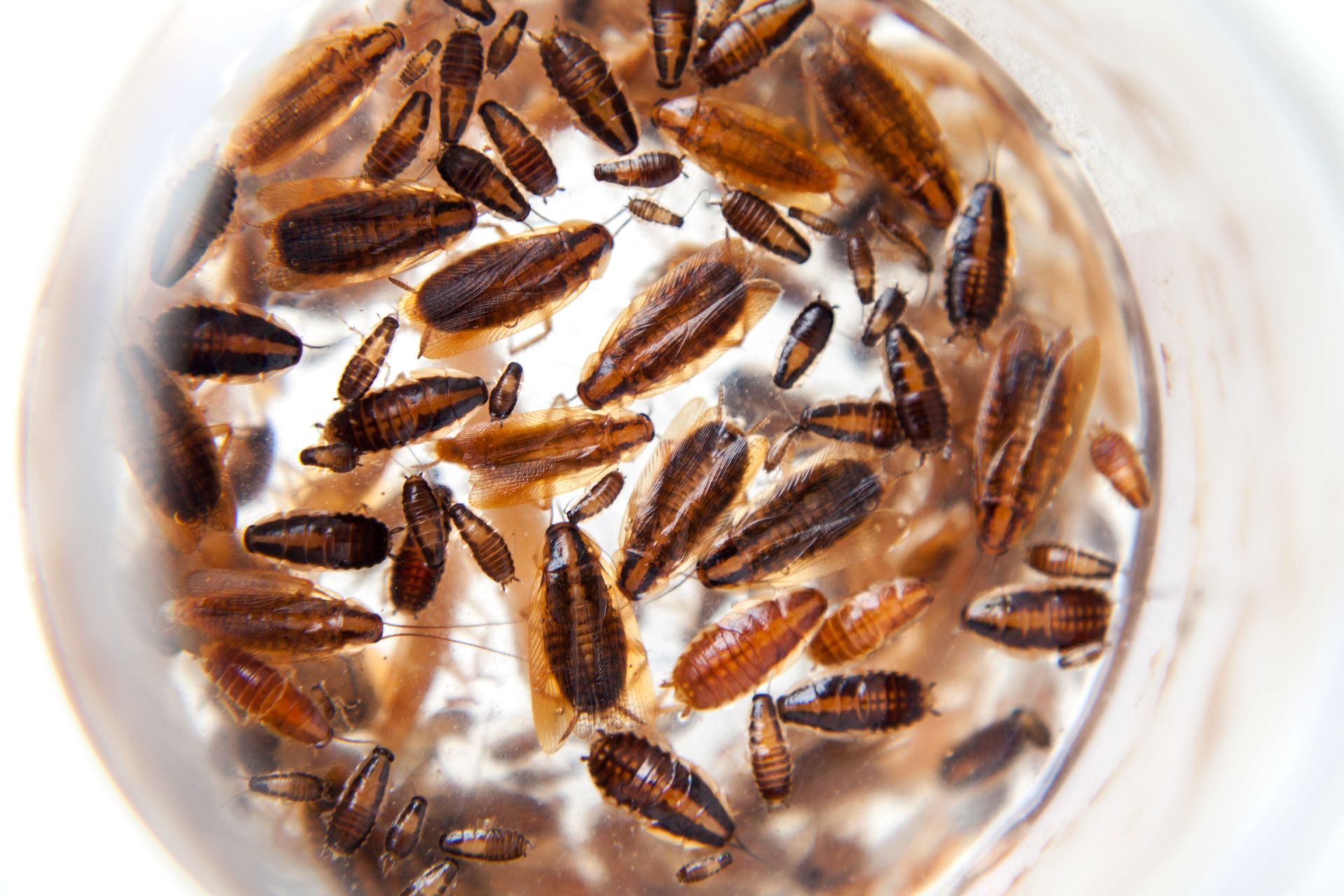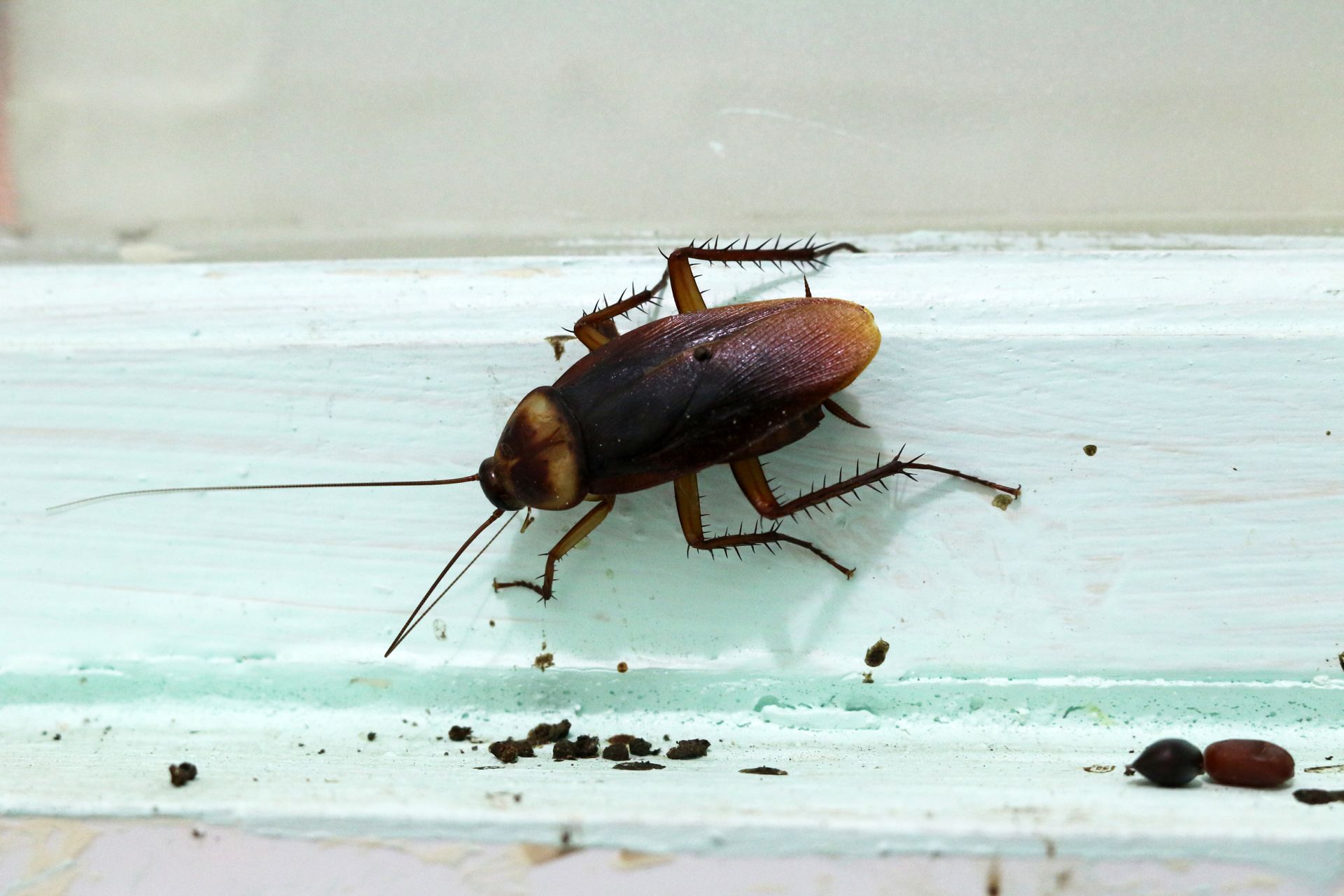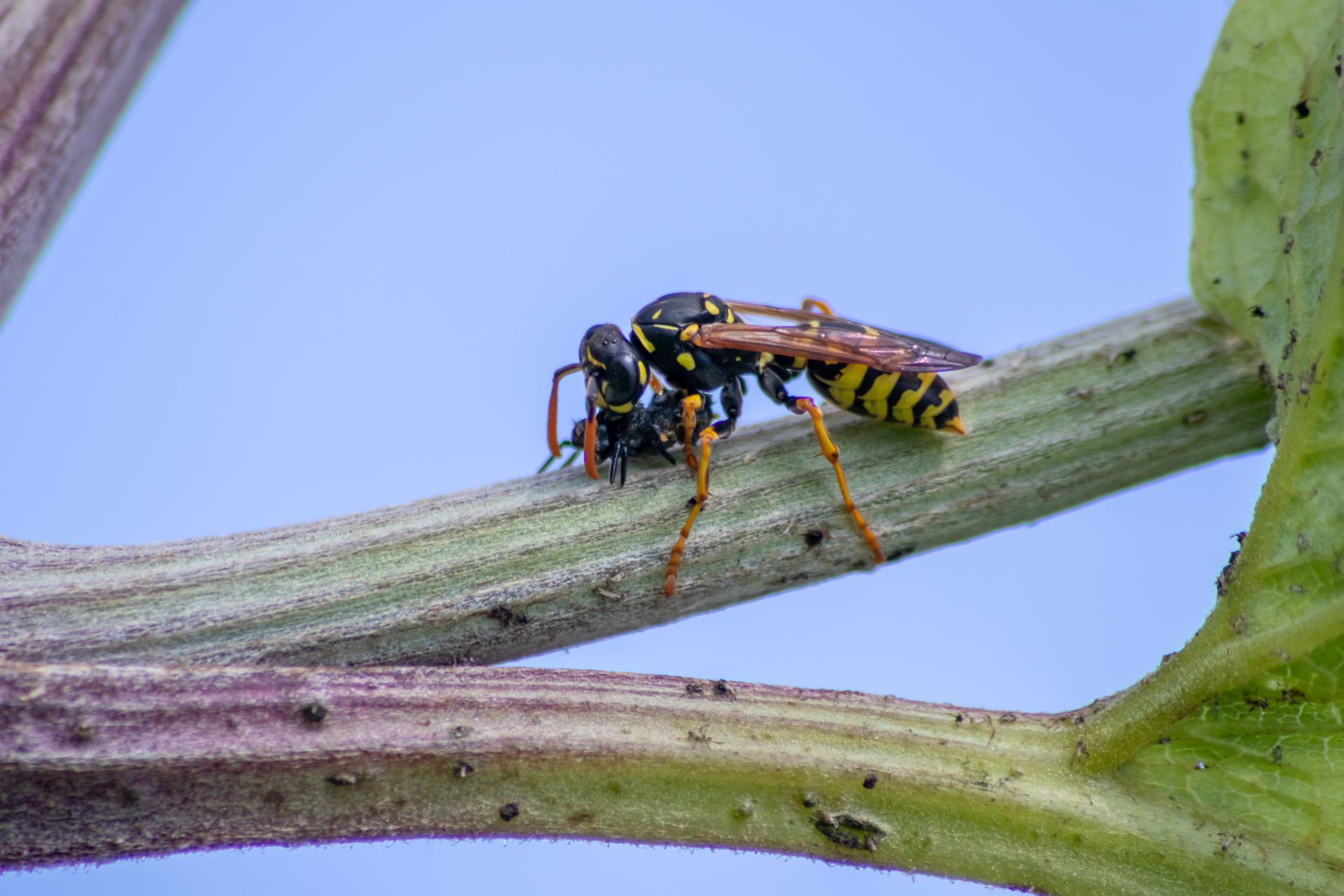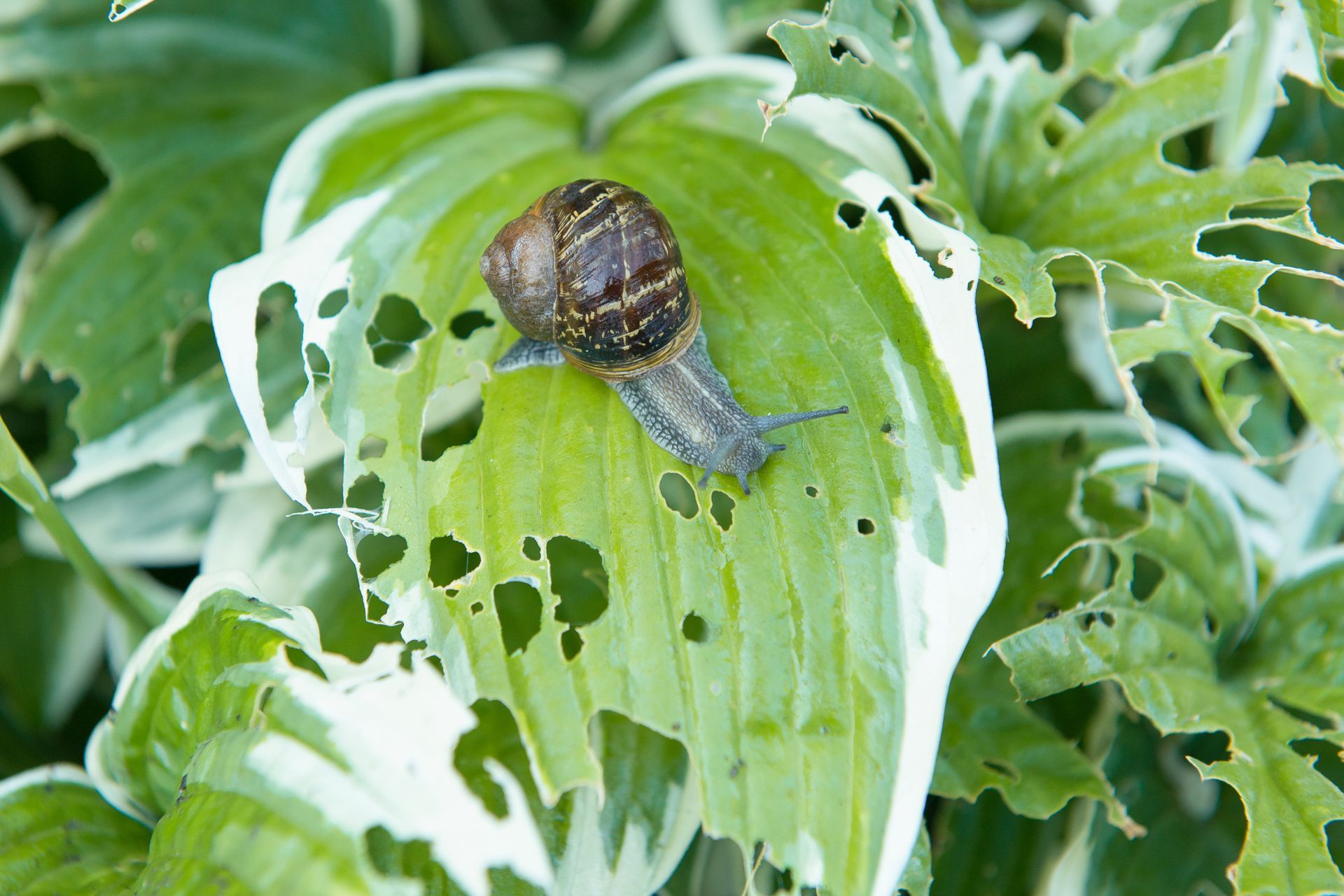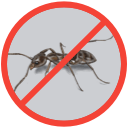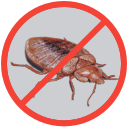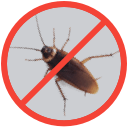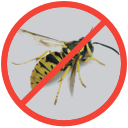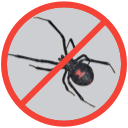No-see-um Bites vs Mosquito Bites

Flying insects pose a particular challenge when it comes to avoiding their bites because they can approach from any direction and employ diverse tactics to evade detection. No see ums, gnats, and mosquitoes rank among the most prevalent flying pests that bite humans, each with its own unique characteristics. These tiny tormentors can quickly transform a pleasant outdoor experience into an uncomfortable experience that leaves victims scratching and searching for relief. Understanding the distinctions between these airborne adversaries is crucial for proper identification and treatment of their bites. This guide will explore the world of no see ums, gnats, and mosquitoes and explore their habits, habitats, and the telltale signs of their bites to help you better protect yourself and enjoy your time outdoors.
What’s the Difference Between No See Ums, Gnats, and Mosquitoes?
Understanding the differences between no see ums, gnats, and mosquitoes is crucial for effective pest management and personal protection from itchy, red bites. These tiny airborne pests, while often confused with one another, have distinct characteristics that set them apart. Here's a quick breakdown of their key features:
- No see ums: Extremely small (about 1/16" long) and capable of passing through screens which makes them particularly troublesome for homeowners. They are active during daytime and early evening and can deliver painful bites despite their size. These insects belong to the Ceratopogonidae family. They are also known as biting midges or sandflies, but the “no see um” nickname is appropriate because their tiny size makes them nearly invisible to the naked eye. No see ums have a humpbacked appearance and short mouthparts and only the females bite.
- Gnats: Tiny flies that range from gray to black in color. They are commonly found near damp soil, overripe fruit, or plumbing fixtures. Gnats emerge in throngs during spring and summer, forming clouds that can contain hundreds or even thousands of individuals. While the term "gnat" encompasses various small flying insects, including no see ums, not all gnats bite.
- Mosquitoes: These flying insects are notably larger than gnats and no-see-ums, typically measuring around 3/8" in length. They have long legs, long wings, and a prominent proboscis that they use to feed during dawn and dusk when they are most active. Like no see ums, only female mosquitoes feed on blood while males primarily feed on nectar. Their larger size makes them more noticeable than their smaller counterparts, but it also allows for easier identification and prevention methods.
Each of these pests presents unique challenges in terms of control and prevention which is why it is essential to correctly identify which one you're dealing with to implement the most effective mitigation strategies.
Where Do You Find No See Ums and Mosquitoes?
No see ums and mosquitoes thrive in areas with ample moisture and organic matter, which provide ideal conditions for breeding and sustaining their populations. While both insects can be found in various locations, they each have specific environmental preferences that influence their distribution and abundance. Understanding their preferred habitats is crucial for effective pest management so here's a breakdown of where you're most likely to encounter these pesky insects:
- No see ums (Biting Midges):
- Coastal areas and beaches
- Wetlands and marshes
- Areas with abundant vegetation
- Damp soil near water bodies
- Humid environments with standing or moving water
- Mosquitoes:
- Stagnant or slow moving water sources (ponds, puddles, birdbaths)
- Wetlands and marshes
- Urban and suburban areas with poor drainage
- Containers holding water (flowerpots, discarded tires, clogged gutters)
- Warm, humid climates worldwide
Both species experience population spikes during warmer months, particularly in mid-summer when temperatures are optimal for their growth and reproduction. While mosquitoes are more widespread and adaptable, no see ums tend to be more localized to areas near water bodies. However, both can travel significant distances from their breeding sites which make them a potential nuisance even in areas that seem unfavorable for their development.
How to Tell No See Ums, Gnats, and Mosquito Bites Apart
Distinguishing between no see um, gnat, and mosquito bites can be crucial for effective treatment and prevention. While these tiny pests may seem similar, their bites leave distinct marks and cause varying levels of discomfort. The differences in bite characteristics stem from the unique feeding mechanisms and saliva composition of each insect. Understanding these distinctions can help you identify the culprit and take appropriate measures to alleviate symptoms and prevent future attacks. Here's a breakdown of the key differences between these bites:
- No see um bites:
- Often appear as small, dark red clusters
- More painful than mosquito bites due to saw like mouthparts that tear open a small wound
- Can take hours or even days for symptoms to fully develop
- May form welts up to 2 inches in diameter
- Tend to last longer, potentially up to two weeks
- Commonly found on exposed areas including the face
- Gnat bites:
- Small, bright red bumps similar to mosquito bites
- Generally darker and rougher in appearance than mosquito bites
- Gnat bites tend to heal slower when compared to those from other biting insects
- Often clustered together
- Mosquito bites:
- Initially appear as raised white welts, fading to pinkish red bumps
- Generally lighter in color than no see um or gnat bites
- Typically spaced out rather than clustered
- The reaction to a mosquito bite is often visible shortly after the insect feeds
- Often found on arms, legs, and easily accessible areas of exposed skin
- Tend to subside within a few days if left unscratched
It's important to note that individual reactions can vary, and some people may experience more severe symptoms or allergic reactions to these bites. If you experience unusual swelling, fever, or other concerning symptoms, it's advisable to seek medical attention.
Why Do No See Ums and Mosquitoes Bite?
Both no see ums and mosquitoes bite humans and other warm blooded animals primarily for reproductive purposes. In both species, it is exclusively the females that engage in blood feeding behavior as they require the proteins and nutrients found in blood to develop their eggs. This biological imperative drives female gnats and mosquitoes to seek out hosts which often results in the annoying and sometimes painful encounters we experience during outdoor activities.
Are No See Ums and Mosquitoes Dangerous?
While both no see ums and mosquitoes can be significant nuisances, mosquitoes pose a greater health risk due to their ability to transmit various diseases. Mosquitoes are known vectors for serious illnesses such as malaria, dengue fever, West Nile virus, and Zika virus which make them a major public health concern worldwide. No see ums, on the other hand, are generally considered less dangerous in terms of disease transmission, but their bites can cause severe discomfort. The severity of reactions to both mosquito and no see um bites can vary greatly among individuals, with factors such as personal health history and immune system response playing significant roles. Those with a history of allergies may be more susceptible to stronger reactions from both types of bites.
How Fast Do No See Ums and Mosquitoes Reproduce?
The reproductive cycles of no see ums and mosquitoes contribute to their persistent presence in many environments. Both insects exhibit rapid reproduction rates, though they differ in their specific egg laying habits and lifecycle durations. No see ums typically lay between 25 to 100 eggs per clutch, with the exact number varying by species and the size of their recent blood meal. They prefer to deposit their eggs in moist environments such as mud or rotting organic matter. Mosquitoes are highly efficient reproducers, capable of depositing between 100 to 300 eggs in a single batch near stagnant water sources. The lifespan of these insects also plays a role in their reproductive success, with female mosquitoes living an average of 49 days, while no see ums have a slightly shorter average lifespan of about 32 days. This combination of frequent egg laying, and relatively long lifespans allows both species to maintain robust populations which makes effective control measures challenging.
How to Treat No See Um, Gnat, and Mosquito Bites
Treating bites from no see ums, gnats, and mosquitoes involves similar approaches that focus on reducing itching, inflammation, and preventing infection. The first step is to clean the affected area with soap and warm water to remove any potential contaminants. Applying ice or a cold compress can help reduce swelling and numb the area which can help provide immediate relief. Common over-the-counter remedies like hydrocortisone cream, calamine lotion, or oral antihistamines can effectively alleviate itching and reduce swelling associated with insect bites. For pain relief, oral analgesics like ibuprofen or acetaminophen may be helpful. It's crucial to resist the urge to scratch, as this can lead to secondary infections and prolong healing time. Natural remedies like applying a paste made from baking soda and water or using essential oils such as tea tree or lavender may also provide relief for some individuals. In cases of severe reactions or signs of infection, it's important to seek medical attention promptly.
What Else Could Have Bit Me?
While no see ums, gnats, and mosquitoes are common culprits for bites, there are several other insects and arachnids that could be responsible for those itchy, irritating marks on your skin. Identifying the source of a bite is crucial for proper treatment and prevention of future incidents. The appearance, location, and pattern of bites can provide valuable clues about the offending creature. Some other potential biters include:
- Chiggers: These tiny mites are commonly found in meadows, golf courses, woodlands, parks, and grasslands near lakes and rivers. Chigger bites cause intense itching and flat or raised red bumps on the skin, sometimes appearing blistered. They inject enzymes into the skin which destroy tissue around the bite area causing the tissue to harden. These bites are frequently found in areas where clothing fits snugly, such as around ankles and waistlines.
- Ticks: These small arachnids live in woodland and grassy areas, particularly where deer and other wildlife are present. Ticks latch onto the skin to consume blood, beginning as small parasites but expanding in size as they continue to feed. You may notice the tick before the bite. Careful removal is crucial, because the head can be separated and left buried under the skin. Ticks can also transmit Lyme Disease which is a serious illness characterized by flu like symptoms, lethargy, and aches. If you develop a classic bull's eye rash after a tick bite, seek immediate medical attention.
- Fleas: These tiny, irritating insects feed on both humans and pets. Flea bites appear as small, distinctive red bumps, usually in groups of three or four or in a straight line. They prefer warm, moist areas such as the waist, armpits, breasts, groin, or in the folds of elbows and knees, but also bite easily accessible areas like ankles and calves. Flea bites are incredibly itchy, and the surrounding skin can be sore or painful. They may cause a rash or hives near the bite site and can sometimes be confused with chigger bites.
- Bed Bugs: Bed bugs are notoriously difficult pests to manage. They feed primarily at night and will attack in a cluster or line pattern on exposed skin. The reaction to the bite depends on the histamine response of the victim, with some individuals showing no signs of bites at all while others react with red itchy welts. These populations grow rapidly and are extremely difficult to eradicate due to their durability.
Other possible culprits include spiders and various biting flies. If you're experiencing unusual or severe reactions to bites, or if you're unable to identify the source, it's advisable to consult with a healthcare professional or pest control expert for proper diagnosis and treatment.
How to Prevent Bug Bites
Preventing bug bites is crucial for enjoying outdoor activities without discomfort or health risks. While applying insect repellents containing DEET (up to 20%) remains one of the most effective methods, there are several other strategies to reduce your chances of being bitten.
- Wearing long sleeved shirts and pants, especially in light colors, can provide a physical barrier against biting insects.
- Treating clothing and gear with permethrin, an insecticide that repels and kills ticks, mosquitoes, and other arthropods, can offer additional protection.
- Avoiding peak activity times for biting insects, typically dawn and dusk, can also help.
- For your home environment, installing or repairing screens on windows and doors, eliminating standing water sources, and keeping your lawn trimmed can significantly reduce insect populations.
If these measures prove insufficient, consider seeking assistance from a professional pest control service. These experts can implement targeted strategies to control insect populations on your property.
Strategies for Controlling Biting Insect Populations
Eliminating biting flying insects from your property requires a multi-faceted approach that addresses both immediate infestations and long term prevention. While do it yourself methods can offer temporary relief, professional pest control services often provide more comprehensive and lasting solutions. A strategic plan to combat these pests typically involves several key components:
- Inspection and Identification:
- Professional assessment of the property to locate breeding sites and infestation sources
- Differentiation between mosquito habitats (stagnant water) and no see um favored areas (damp vegetation)
- Customized Treatment Plans:
- Tailored strategies based on specific pest species and infestation levels
- May include larvicides for mosquito breeding sites and adulticides for active populations
- Applying protective barrier treatments to deter no-see-ums and other biting insects
- Source Elimination:
- Removal or treatment of standing water to prevent mosquito breeding
- Modifications to landscaping to reduce moisture and organic matter that attract no see ums
- Protective Measures:
- Installation or repair of window screens and outdoor barriers
- Guidance on using mosquito nets and other physical deterrents
- Ongoing Maintenance:
- Regular inspections and treatments to prevent reinfestation
- Adjustments to treatment plans based on seasonal changes and pest activity
Professional pest control companies often use a combination of chemical and natural solutions, such as pyrethrum based products derived from chrysanthemum flowers, botanical repellents like rosemary oil, and eco-friendly options that comply with organic standards. Some services may also offer misting systems that can be programmed for regular, automated pest control. By combining these methods with homeowner efforts to maintain a less hospitable environment for pests, it's possible to significantly reduce the presence of biting flying insects and enjoy outdoor spaces more comfortably.
Contact EcoGuard Pest Management if You Are Dealing with No See Ums or Mosquitoes
EcoGuard Pest Management offers expert solutions tailored to your specific needs. Our team of experienced professionals can provide a comprehensive assessment of your property, identify the root causes of your pest problems, and implement effective, environmentally responsible treatments. We use cutting edge techniques and eco-friendly products to not only eliminate current infestations but also prevent future ones. Don't suffer through another season of itchy bites and interrupted outdoor activities. Contact EcoGuard Pest Management today for a free consultation and take the first step towards reclaiming your outdoor spaces from biting insects. Let us help you create a pest free environment where you can relax and enjoy nature without the nuisance of these pesky biters.
No See Um vs Mosquito Bite FAQs
Are no see ums and mosquitoes the same thing?
While both are biting insects, no-see-ums and mosquitoes are distinct species with different characteristics. No see ums, also known as biting midges or sand flies, are much smaller than mosquitoes and belong to a different insect family. While both pests feed on blood and can cause irritating bites, they have distinct physical characteristics, breeding habits, and preferred habitats.
Why do no see ums itch so badly?
No see um bites itch intensely due to the unique way these insects feed. Unlike mosquitoes, no see ums use their sharp mouthparts to slice into the skin and inject saliva containing powerful enzymes that break down blood cells. This process, combined with the body's strong immune response to the foreign proteins in their saliva, results in a more severe and longer lasting itch compared to many other insect bites.
Can gnat bites look like mosquito bites?
Gnat bites can indeed look similar to mosquito bites, which often leads to confusion in identifying the culprit. Both typically appear as small, red, itchy bumps on the skin. Gnat bites, however, are typically smaller in size and may appear darker or have a rougher texture compared to mosquito bites. They also tend to occur in clusters or close together, whereas mosquito bites are often more spread out.
What do no see ums do when they bite you?
When no see ums bite, they use their sharp, saw like mouthparts to slice into the skin which creates a tiny wound. They then inject their saliva, which contains anticoagulants and enzymes that break down blood cells so they can feed more easily. This process not only causes immediate pain but also triggers a strong immune response in the body which results in the characteristic intense itching and potential swelling that can last for days after the initial bite.
Request A Free Estimate
Immediate Service Available
Services
Customer Care
Legal
Working hours
- Mon - Sun
- -
All Rights Reserved | EcoGuard Pest Management | All Phone Calls Recorded | By Using Website You Agree To Terms Of Use



